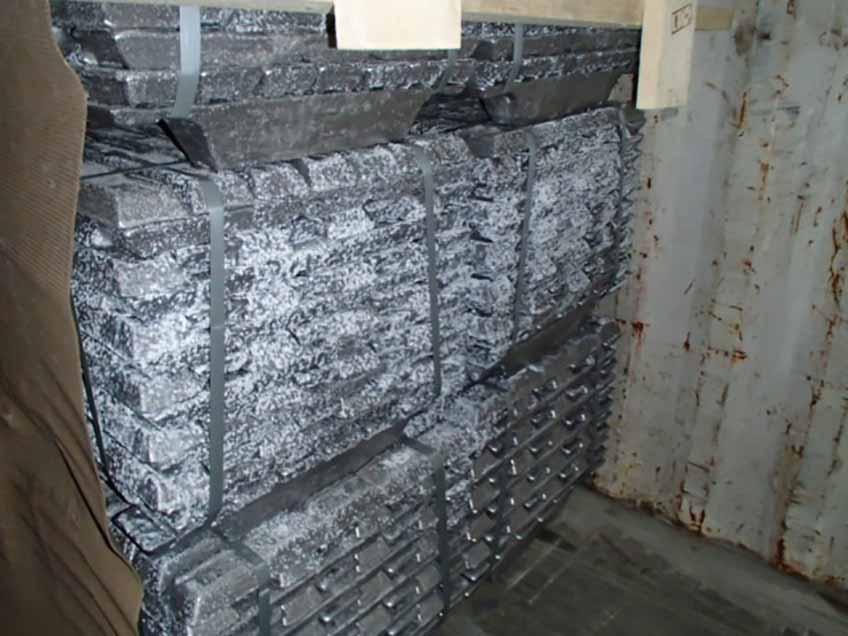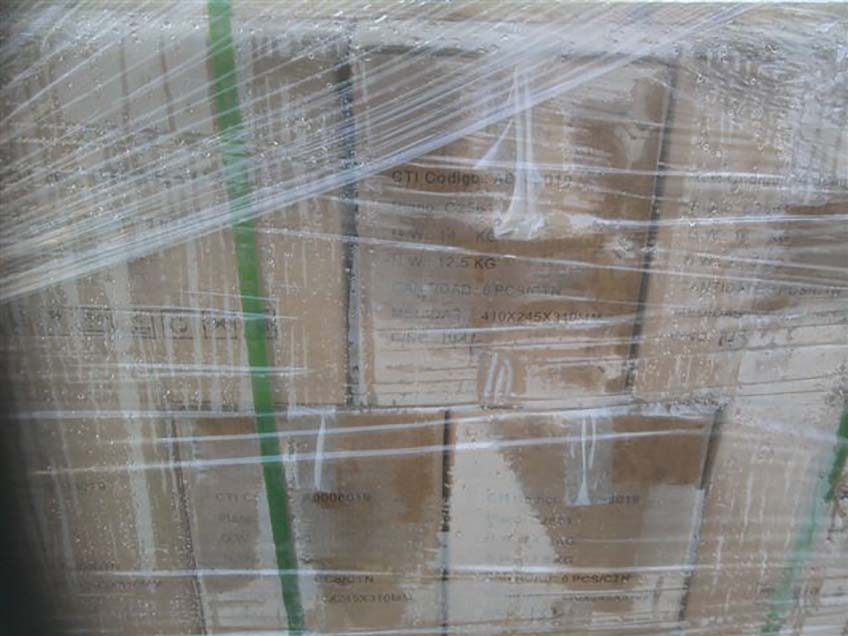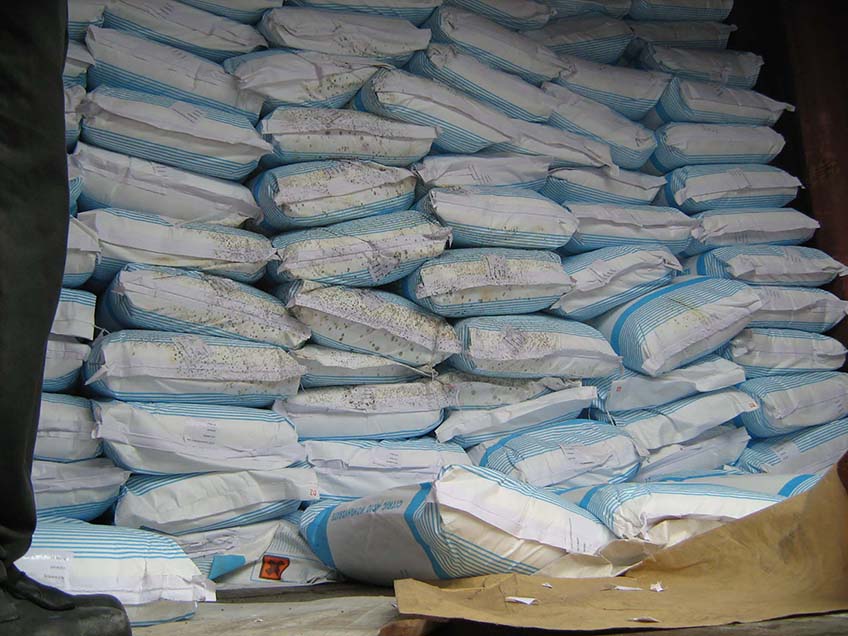
Moisture Damage
Moisture damage comes in many forms and affects all types of products. Exposure to moisture during a period, that does not need to be necessarily long, can damage goods shipped inside a container in many ways. Often, only a small amount of excess moisture can cause devastating damage that can leave goods unsellable, inappropriate for human consumption or unsuitable for the manufacturing processes that follow.
The most common types of moisture-related damage are:
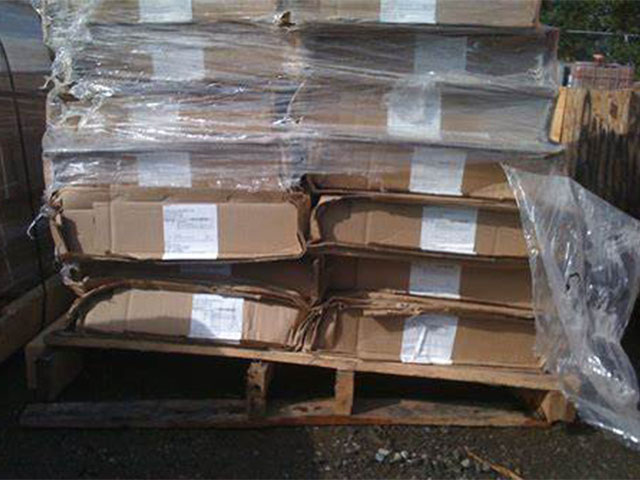
Collapsed Packaging
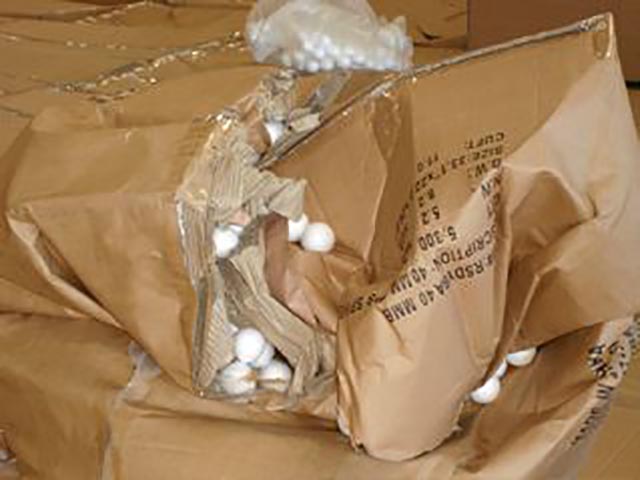
Damaged Packaging
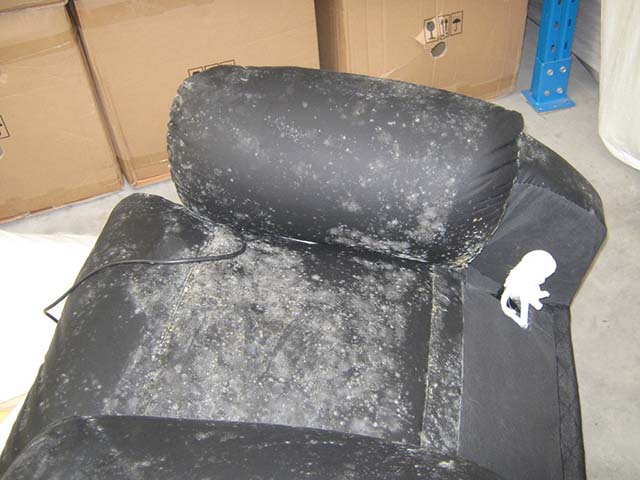
Mold and Mildew
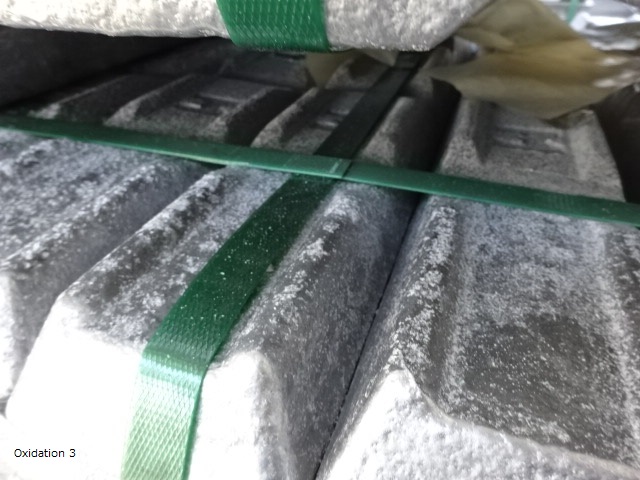
Corrosion
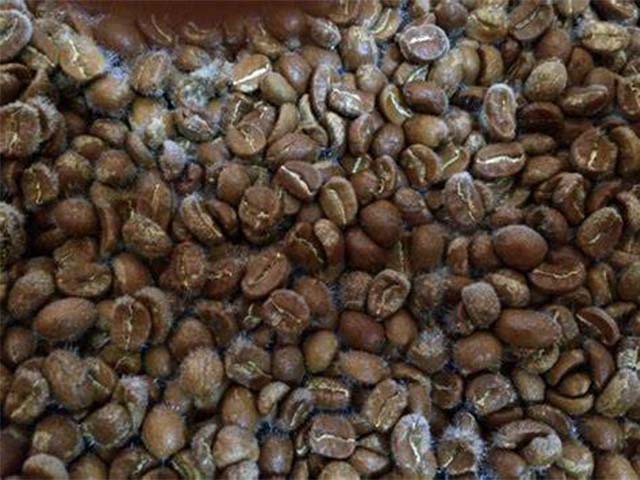
Bad or Changed Smell
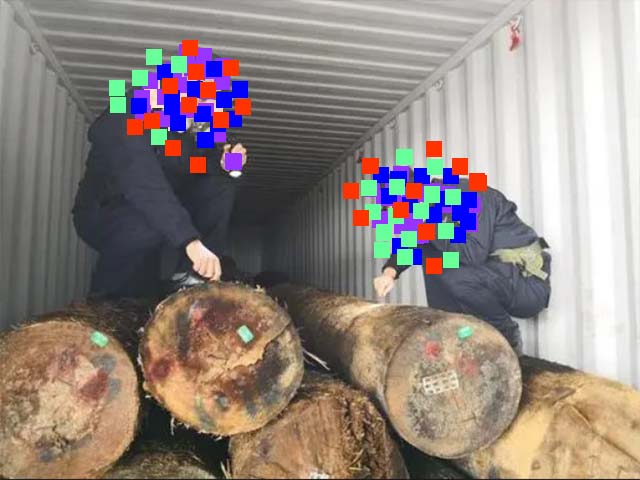
Bugs

Powder Caking
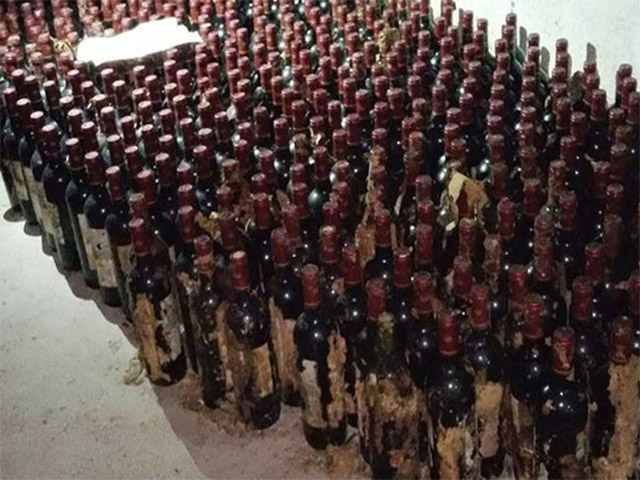
Peeling Labels
Metal parts are sensitive to corrosion and rust that can weaken the metal or cause discoloration. Corroded metal requires special and time-consuming treatments after shipping to recover the original characteristics. Relative humidity describes exactly how much moisture is present in the air at a certain temperature. The more moisture there is, the faster metal will rust. For example, it is difficult for any corrosion to arise in clean air with a relative humidity of approx. 45% or less. If the relative humidity increases to approx. 60%, the risk of corrosion increases as well. With relative humidity increases, the grade of corrosion formation and rust increases exponentially.
Mould and mildew affect organic cargo, especially food and agricultural commodities, together with the dreaded appearance of bugs or the development of bad or changed smell and taste. For the growth of mould, the relative humidity should be above 75% (but research shows that it could be a problem at even lower relative humidity such as 50%) and the temperature should be between -5 °C and +55 °C (optimal temperature for mould and mildew is 20-30 °C). There must also be the presence of moulds, which in many cases is a fact since goods cannot be protected from that during storage or handling. So the easiest way to protect the goods from mould and mildew is to decrease the moisture level.
Excess moisture also causes irreversible damage to the packaging of the cargo that eventually could collapse since the packaging is hygroscopic and will absorb moisture. Excess moisture could also be the reason behind peeling labels on glass bottles or cans of food.
In dry goods like powders, moisture damage appears as caking. This is because dry powder is often hygroscopic too and will attract moisture.
Moisture damage is a threat for the quality of your goods and can incur expensive costs.
